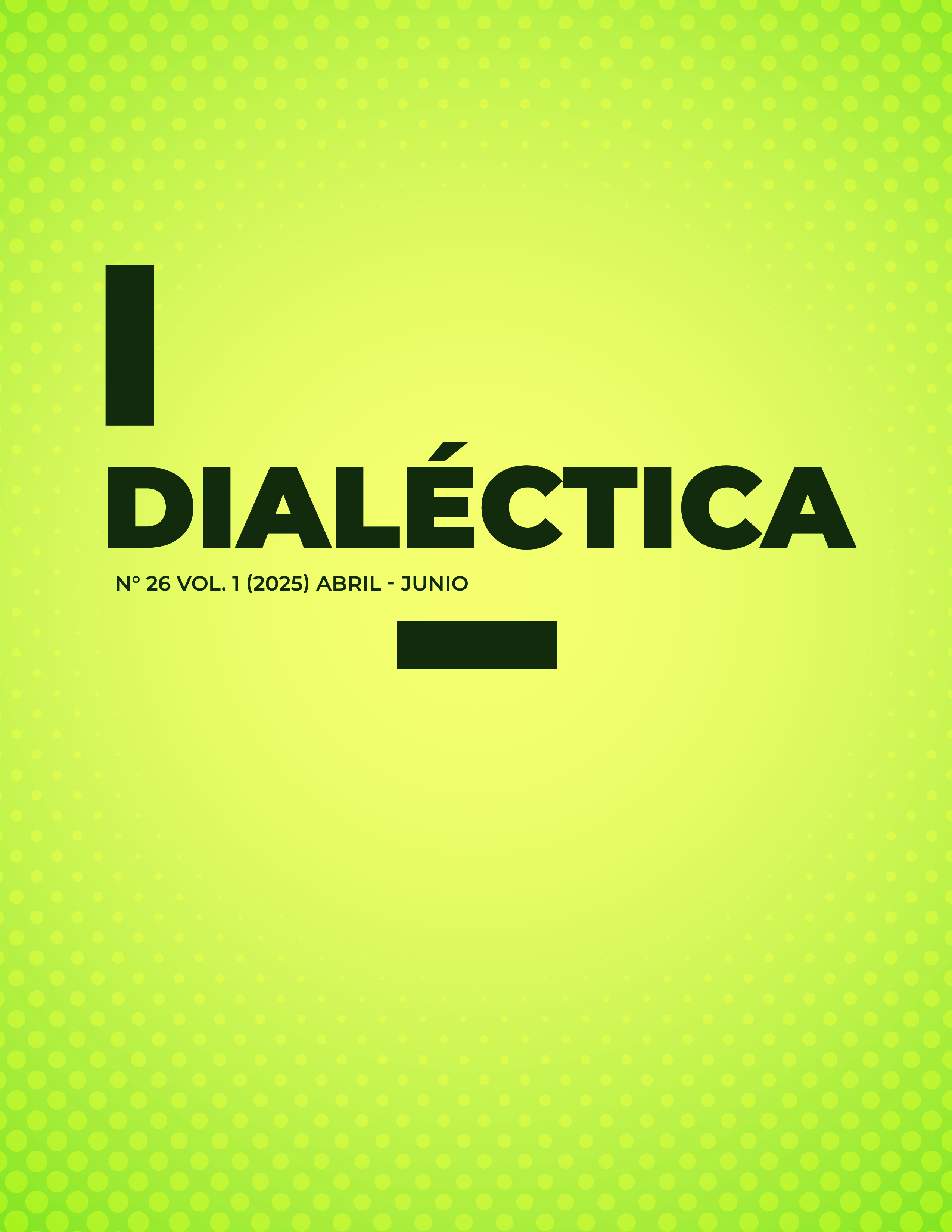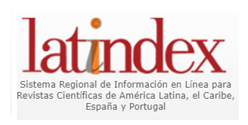IMPACT OF COMPUTATIONAL THINKING ON STRENGTHENING ACADEMIC COMPETENCIES
DOI:
https://doi.org/10.56219/dialctica.v1i26.4423Keywords:
Computational Thinking, Scientific Competencies, Mathematics, Critical ReadingAbstract
This article presents the findings of a research study that explored the impact of computational thinking on the development of scientific, mathematical, and critical reading competencies in upper secondary school students. Through the implementation of activities based on problem decomposition, pattern recognition, abstraction, and algorithm design, a significant improvement was observed in students’ academic performance, particularly in areas requiring logical reasoning, structured analysis, and the modeling of complex situations. The results indicate that integrating computational thinking into the classroom equips students with tools to better understand scientific phenomena, interpret data in physics, biology, and chemistry, and apply mathematical concepts more accurately. Additionally, a positive effect was identified in critical reading, especially when interpreting texts with logical and argumentative components. Beyond technical knowledge, this formative experience fostered a reflective attitude among students, encouraging them to seek solutions and question their approaches when solving problems. Overall, the findings suggest that computational thinking not only enhances specific skills but also contributes to a deeper transformation in the way students learn, think, and engage with knowledge.
Downloads
References
Baquero, R. (1996). Vigotsky y el aprendizaje escolar (Vol. 4). Buenos Aires: Aique.
Barr, D., Harrison, J. y Conery, L. (marzo a abril, 2011). Computational Thinking: A Digital Age Skill for Everyone. Learning & Leading with Technology. Disponible el 19 de agosto de 2011 en http://www.iste.org/Libraries/Leading_and_Learning_Docs/March-2011-Computational_Thinking-LL386.sflb.ashx
Barr, V., Stephenson, C. (2011). Bringing computational thinking to K-12: What is Involved and What is the Role of the Computer Science Education Community? ACM Inroads, 2(1), 48-54 DOI: https://doi.org/10.1145/1929887.1929905
Barrera Preliasco, J. (2023). Augusto Comte, el padre del positivismo. Ideas y antecedentes. Medio Mundo. Otra cara de la Información. http://repositorio.cfe.edu.uy/handle/123456789/2367
Dagiene, V. (2008). The bebras contest on informatics and computer literacy–students’ drive to science education. In Joint Open and Working IFIP Conference. ICT and Learning for the Net Generation (pp. 214-223).
Denning, P. J. (2009). The profession of IT: Beyond computational thinking. Communications of the ACM, 52(6), 28–30. https://doi.org/10.1145/1516046.1516054 DOI: https://doi.org/10.1145/1516046.1516054
Doorey, M. (2018). George A. Miller. Encyclopedia Britannica. Recuperado 08 de octubre de 2023. Disponible en https://www.britannica.com/biography/George-A-Miller.
Grover, S., & Pea, R. (2013). Computational thinking in K–12: A review of the state of the field. Educational Researcher, 42(1), 38–43. https://doi.org/10.3102/0013189X12463051 DOI: https://doi.org/10.3102/0013189X12463051
Hernández-Sampieri, R. & Mendoza, C (2018). Metodología de la investigación. Las rutas cuantitativa, cualitativa y mixta, Ciudad de México, México: Editorial Mc Graw Hill Education, Año de edición: 2018, ISBN: 978-1-4562-6096-5, 714 p. DOI: https://doi.org/10.17993/CcyLl.2018.15
Krajcik, J., Blumenfeld, P. C., Marx, R. W., Bass, K. M., Fredricks, J., & Soloway, E. (1998). Inquiry in Project-Based Science Classrooms: Initial Attempts by Middle School Students. Journal of the Learning Sciences, 7(3-4), 313-350. DOI: https://doi.org/10.1080/10508406.1998.9672057
Martínez, F. G. (2005). Teorías del desarrollo cognitivo. McGraw-Hill.
MEN (2006). Estándares Básicos de Competencias en Lenguaje, Matemáticas, Ciencias y Ciudadanas. Ministerio de Educación Nacional. Colombia. Ministerio de Educación Nacional.
Papert, S. (1980). Mindstorms: Children, computers, and powerful ideas. Basic Books, Inc. https://worrydream.com/refs/Papert_1980_-_Mindstorms,_1st_ed.pdf
Pérez, H. (2017). Uso de Scratch como herramienta para el desarrollo del pensamiento computacional en programación y de la carrera de Informática de la Universidad Central del Ecuador. Tesis doctoral Universidad de Alicante. Recuperado de: https://dialnet.unirioja.es/servlet/tesis?codigo=121416
Piaget, J., & Inhelder, B. (2016). Psicología del niño (ed. renovada). Ediciones Morata.
Pinker, S. (2012). George A. Miller (1920-2012). Obituaries. American Psychological Association. Recuperado 08 de octubre de 2023. Disponible en http://stevenpinker.com/files/pinker/files/miller_obituary.pdf. DOI: https://doi.org/10.1037/a0032874
Resnick, M (2014). Give P’s a chance: Projects, Peers, Passion, Play. https://web.media.mit.edu/~mres/papers/constructionism-2014.pdf
Resnick, M. (2009). Aprendiendo con Scratch. 01 de Junio de 2022, de Eduteka. Sitio web: http://www.eduteka.org/articulos/ScratchAprendiendo
Shute, V. J., Sun, C., & Asbell-Clarke, J. (2017). Demystifying computational thinking. Educational Research Review, 22, 142–158. https://doi.org/10.1016/j.edurev.2017.09.003 DOI: https://doi.org/10.1016/j.edurev.2017.09.003
The Royal Society (2012). Shut down or restart? The way forward for computing in UK schools. London: The Royal Society. http://royalsociety.org/uploadedFiles/Royal_Society_Content/education/policy/computing-in-schools/2012-01-12-Computing-in-Schools.pdf.
Wing, J. (2006). Computational thinking. Communications of the ACM, 49(3), 33-35. https://dl.acm.org/doi/10.1145/1118178.1118215 DOI: https://doi.org/10.1145/1118178.1118215
Wing, J. M. (2010). Computational thinking: What and why?. The link-The Magazine of the Carnegie Mellon University School of Computer Science.
Downloads
Published
How to Cite
Issue
Section
License

This work is licensed under a Creative Commons Attribution-NonCommercial-ShareAlike 4.0 International License.
La revista Dialéctica conserva los derechos patrimoniales (copyright) de las obras publicadas, que favorece y permite la reutilización de los mismos bajo la licencia Creative Commons Atribución-NoComercial-CompartirIgual 4.0 , por lo cual se pueden copiar, usar, difundir, transmitir y exponer públicamente, siempre que se cite la autoría y fuente original de su publicación (revista, editorial, URL y DOI de la obra), no se usen para fines comerciales u onerosos y se mencione la existencia y especificaciones de esta licencia de uso. Si remezcla, transforma o crea a partir del material, debe distribuir su contribución bajo la misma licencia del original.











